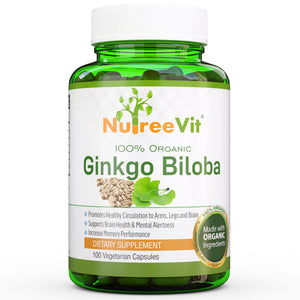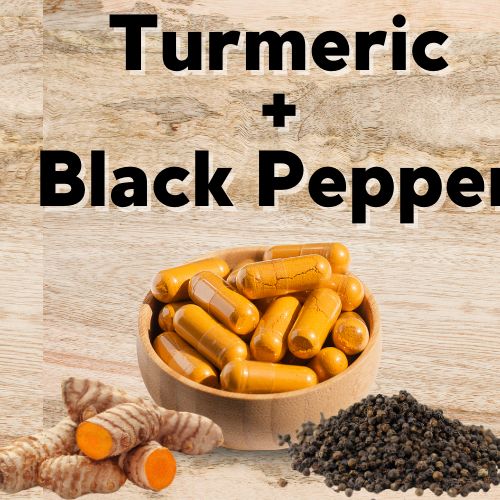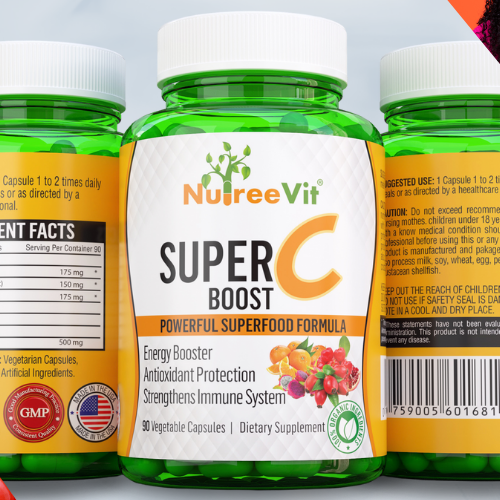In today’s health-conscious world, superfoods have taken center stage, praised for their exceptional nutrient density and health benefits. From leafy greens to exotic berries, these foods offer a plethora of advantages that can enhance your well-being. In this blog, we will explore 11 superfoods: Moringa, Spinach, Barley Grass, Alfalfa, Kale, Kelp, Broccoli, Green Tea, Rosehips, Açaí, and Goji Berries, and delve into their unique health benefits.
1. Moringa: The Miracle Tree
Nutritional Profile Moringa oleifera, commonly known as Moringa, is a powerhouse of vitamins, minerals, and amino acids. It contains significant amounts of vitamin A, vitamin C, vitamin E, calcium, potassium, and protein.
Health Benefits
-
Complete Nutrition: Moringa is packed with essential nutrients, making it a fantastic dietary supplement.
-
Antioxidants: High in antioxidants like quercetin and chlorogenic acid, it helps neutralize free radicals, reducing oxidative stress.
-
Anti-inflammatory: Compounds in moringa reduce inflammation, aiding in the management of chronic diseases.
-
Blood Sugar Control: Moringa can lower blood sugar levels, thanks to its isothiocyanates, making it beneficial for diabetics.
How to Use Moringa can be consumed as a powder, added to smoothies, soups, or taken as a supplement.
2. Spinach: The Green Giant
Nutritional Profile Spinach is rich in vitamins A, C, and K, as well as iron, magnesium, and folate.
Health Benefits
-
Vision Improvement: Lutein and zeaxanthin in spinach are carotenoids that improve eye health and protect against age-related macular degeneration.
-
Skin Health: Vitamin A and C promote skin cell turnover and collagen production, maintaining skin health.
-
Immune System Boost: High vitamin C content strengthens the immune system.
How to Use Spinach can be eaten raw in salads, steamed, sautéed, or blended into smoothies.
3. Barley Grass: The Detoxifier
Nutritional Profile Barley grass is loaded with vitamins A, C, B1, B2, folic acid, and minerals like calcium, iron, and magnesium.
Health Benefits
-
Detoxification: Barley grass helps in detoxifying the body by removing heavy metals and other toxins.
-
Digestive Improvement: Its high fiber content aids in digestion and prevents constipation.
-
Energy Boost: Rich in vitamins and minerals, it provides a natural energy boost.
How to Use Barley grass powder can be added to juices, smoothies, or taken as a supplement.
4. Alfalfa: The Father of All Foods
Nutritional Profile Alfalfa is a rich source of vitamins A, C, E, and K4, as well as calcium, potassium, phosphorus, and iron.
Health Benefits
-
Digestive Health: Alfalfa’s high fiber content aids in digestion and promotes regular bowel movements.
-
Cholesterol Reduction: Saponins in alfalfa help reduce bad cholesterol levels.
-
Menopause Symptoms: Alfalfa contains phytoestrogens which can help alleviate menopause symptoms like hot flashes.
How to Use Alfalfa sprouts can be added to salads, sandwiches, or smoothies.
5. Kale: The King of Greens
Nutritional Profile Kale is rich in vitamins A, C, and K, as well as calcium, potassium, and iron.
Health Benefits
-
Cardiovascular Health: Antioxidants and fiber in kale help reduce cholesterol levels and lower the risk of heart disease.
-
Bone Health: High in vitamin K and calcium, kale is essential for maintaining strong bones.
-
Healthy Skin: Vitamins A and C promote healthy, glowing skin.
How to Use Kale can be eaten raw in salads, sautéed, blended into smoothies, or baked into chips.
6. Kelp: The Ocean’s Superfood
Nutritional Profile Kelp is rich in iodine, potassium, magnesium, calcium, and vitamins A, B1, B2, C, D, and E.
Health Benefits
-
Thyroid Function: High iodine content supports healthy thyroid function, crucial for metabolism.
-
Digestive Health: Fiber in kelp aids digestion and promotes gut health.
-
Energy: Rich in essential minerals, kelp helps maintain energy levels.
How to Use Kelp can be added to soups, salads, or taken as a supplement.
7. Broccoli: The Disease Fighter
Nutritional Profile Broccoli is high in vitamins C, K, and A, as well as folate, potassium, and fiber.
Health Benefits
-
Bone Health: Rich in vitamin K and calcium, broccoli supports bone health.
-
Digestive Health: High in fiber, broccoli promotes healthy digestion.
-
Chronic Disease Prevention: Antioxidants in broccoli help reduce the risk of chronic diseases like heart disease and cancer.
How to Use Broccoli can be steamed, roasted, added to stir-fries, or eaten raw.
8. Green Tea: The Antioxidant Powerhouse
Nutritional Profile Green tea is rich in catechins, a type of antioxidant, as well as vitamins A, C, E, and minerals like manganese and zinc.
Health Benefits
-
Brain Function: Contains L-theanine, which, in combination with caffeine, improves brain function and alertness.
-
Fat Burning: Green tea boosts metabolism and aids in fat burning.
-
Cancer Prevention: Antioxidants in green tea protect against various types of cancer.
How to Use Green tea can be enjoyed as a hot or cold beverage, or taken as a supplement.
9. Rosehips: The Vitamin C Booster
Nutritional Profile Rosehips are exceptionally high in vitamin C, and also contain vitamins A, B, E, and K, as well as flavonoids.
Health Benefits
-
Immune System: High vitamin C content strengthens the immune system.
-
Skin Health: Antioxidants in rosehips benefit the skin by reducing signs of aging.
-
Inflammation Reduction: Rosehips help ease inflammation and pain, especially in conditions like arthritis.
How to Use Rosehips can be used to make tea, added to smoothies, or taken as a supplement.
10. Açaí: The Amazonian Berry
Nutritional Profile Açaí berries are rich in antioxidants, fiber, healthy fats, and vitamins A, C, and E.
Health Benefits
-
Heart Health: Antioxidants and healthy fats in açaí improve cardiovascular health.
-
Energy Boost: Açaí provides a natural energy boost.
-
Brain Function: Antioxidants in açaí improve memory and cognitive function.
How to Use Açaí can be consumed as a smoothie bowl, juice, or taken as a supplement.
11. Goji Berries: The Longevity Fruit
Nutritional Profile Goji berries are packed with vitamins A and C, fiber, iron, zinc, and antioxidants.
Health Benefits
-
Eye Health: Goji berries protect vision and prevent age-related eye diseases.
-
Immune System: High in vitamin C and antioxidants, goji berries strengthen the immune system.
-
Energy Boost: Goji berries increase energy and overall well-being.
How to Use Goji berries can be added to smoothies, cereals, trail mixes, or consumed as a snack.
Incorporating Superfoods into Your Diet
Integrating these superfoods into your daily diet can be simple and enjoyable. Here are some tips to help you get started:
-
Smoothies: Blend a combination of spinach, kale, moringa powder, and açaí for a nutrient-packed smoothie.
-
Salads: Add alfalfa sprouts, kale, and goji berries to your salads for a health boost.
-
Soups and Stews: Enhance your soups with broccoli, barley grass, and kelp for added nutrition.
-
Teas: Enjoy green tea and rosehip tea for their antioxidant properties.
-
Snacks: Keep dried goji berries and fresh açaí berries as healthy snack options.
Conclusion
Superfoods are nature’s gift to us, providing a concentrated source of nutrients that can significantly improve our health and well-being. By incorporating moringa, spinach, barley grass, alfalfa, kale, kelp, broccoli, green tea, rosehips, açaí, and goji berries into your diet, you can enjoy a range of health benefits from improved digestion and increased energy to better skin health and disease prevention. Embrace the power of these superfoods and make them a staple in your journey towards a healthier lifestyle.





